The demand for natural medicinal plants has been witnessing a significant surge in recent years, as people are increasingly seeking alternative and sustainable healthcare options. The production and consumption of these plants have become a vital component of the herbal medicine industry. In this article, we delve into the intricacies of the journey these plants undertake, from production to consumption, highlighting the key stages and considerations along the way. Production Stage: 1. Cultivation: The production of natural medicinal plants typically begins with cultivation. Farmers carefully choose suitable land, considering factors such as soil quality, sunlight exposure, and water availability.
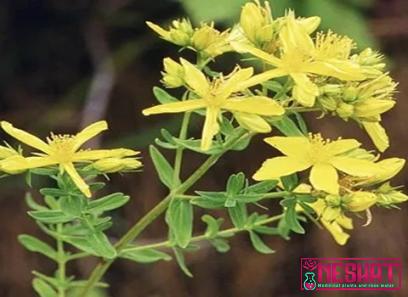
.
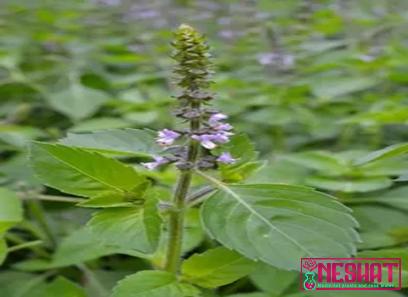 Organic methods are often preferred to ensure the end-product is free from harmful chemicals and pesticides. 2. Propagation: Propagation techniques vary depending on the plant species. Seeds, stem cuttings, or root divisions are commonly used for reproduction. Careful attention is given to temperature, humidity, and nutrition to promote healthy growth and optimize plant yield. 3. Harvesting: Timing is crucial when it comes to harvesting medicinal plants. This stage often requires expertise to determine the ideal period for harvesting, as it impacts the potency and efficacy of the plants. Selective harvesting and sustainable practices are essential to maintain biodiversity and prevent overexploitation. Processing and Packaging Stage: 1. Drying: After harvesting, the plants are carefully dried to preserve their active compounds.
Organic methods are often preferred to ensure the end-product is free from harmful chemicals and pesticides. 2. Propagation: Propagation techniques vary depending on the plant species. Seeds, stem cuttings, or root divisions are commonly used for reproduction. Careful attention is given to temperature, humidity, and nutrition to promote healthy growth and optimize plant yield. 3. Harvesting: Timing is crucial when it comes to harvesting medicinal plants. This stage often requires expertise to determine the ideal period for harvesting, as it impacts the potency and efficacy of the plants. Selective harvesting and sustainable practices are essential to maintain biodiversity and prevent overexploitation. Processing and Packaging Stage: 1. Drying: After harvesting, the plants are carefully dried to preserve their active compounds.
..
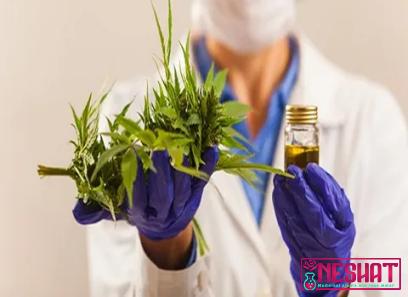 Proper drying techniques, such as air drying or low-heat drying, enable plants to retain their medicinal properties. This step significantly affects the quality and shelf life of the final product. 2. Grinding and Extraction: To create herbal powders, the dried plants are grounded into a fine powder. Alternatively, extraction methods, such as maceration or distillation, are employed to obtain essential oils or plant extracts, which are further used in various formulations. 3. Quality Control: Before packaging, quality control measures are implemented to ensure the final product meets the required standards. This includes testing for contaminants, potency, and adherence to regulatory guidelines. Companies often collaborate with certified labs to conduct these tests. Distribution and Consumption Stage: 1. Packaging and Labeling: Once the quality control is successfully completed, the natural medicinal plants are packaged and labeled, providing clear information on ingredients, usage instructions, and safety warnings. Environmentally-friendly packaging options are preferred to align with sustainable practices.
Proper drying techniques, such as air drying or low-heat drying, enable plants to retain their medicinal properties. This step significantly affects the quality and shelf life of the final product. 2. Grinding and Extraction: To create herbal powders, the dried plants are grounded into a fine powder. Alternatively, extraction methods, such as maceration or distillation, are employed to obtain essential oils or plant extracts, which are further used in various formulations. 3. Quality Control: Before packaging, quality control measures are implemented to ensure the final product meets the required standards. This includes testing for contaminants, potency, and adherence to regulatory guidelines. Companies often collaborate with certified labs to conduct these tests. Distribution and Consumption Stage: 1. Packaging and Labeling: Once the quality control is successfully completed, the natural medicinal plants are packaged and labeled, providing clear information on ingredients, usage instructions, and safety warnings. Environmentally-friendly packaging options are preferred to align with sustainable practices.
…
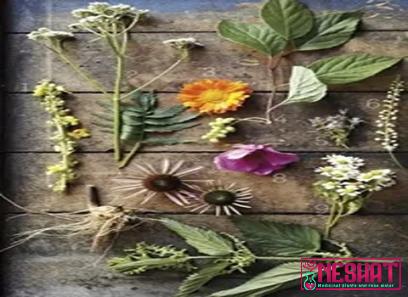 2. Distribution: Natural medicinal plants can be distributed through various channels, such as retail stores, online platforms, or direct sales. Companies often collaborate with distributors to reach a wider consumer base. Efficient logistics and cold-chain storage facilities may be required to maintain the plant’s integrity during transit. 3. Consumer Education: Educating consumers about the benefits, usage, and precautions associated with natural medicinal plants is crucial. Companies engage in marketing campaigns, providing scientific literature, and collaborating with healthcare professionals to enhance consumer awareness and confidence in these natural remedies. Conclusion: From cultivation to consumption, the journey of natural medicinal plants is a delicate process that involves meticulous attention at every stage. Emphasizing sustainable practices, quality control, and consumer education are essential elements that drive the growth and acceptance of natural medicinal plants in the healthcare industry. As more individuals seek alternatives to synthetic medicines, the production and consumption of these plants are set to play a significant role in shaping the future of medicine.
2. Distribution: Natural medicinal plants can be distributed through various channels, such as retail stores, online platforms, or direct sales. Companies often collaborate with distributors to reach a wider consumer base. Efficient logistics and cold-chain storage facilities may be required to maintain the plant’s integrity during transit. 3. Consumer Education: Educating consumers about the benefits, usage, and precautions associated with natural medicinal plants is crucial. Companies engage in marketing campaigns, providing scientific literature, and collaborating with healthcare professionals to enhance consumer awareness and confidence in these natural remedies. Conclusion: From cultivation to consumption, the journey of natural medicinal plants is a delicate process that involves meticulous attention at every stage. Emphasizing sustainable practices, quality control, and consumer education are essential elements that drive the growth and acceptance of natural medicinal plants in the healthcare industry. As more individuals seek alternatives to synthetic medicines, the production and consumption of these plants are set to play a significant role in shaping the future of medicine.
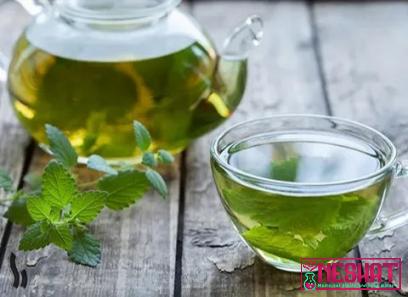
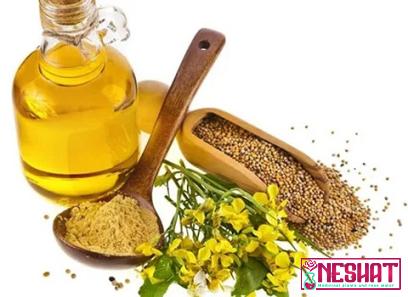
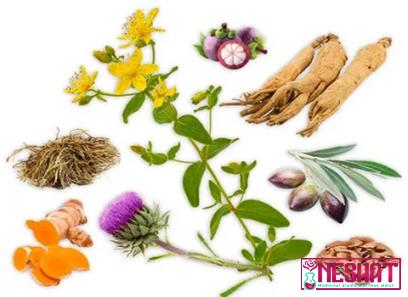
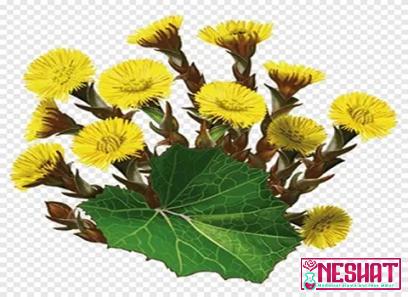
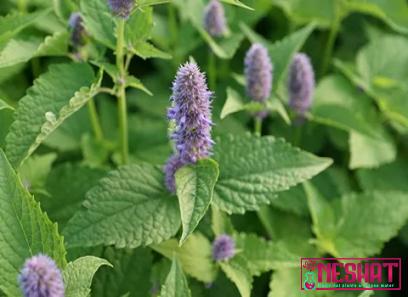
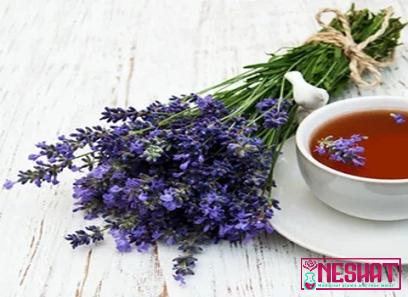
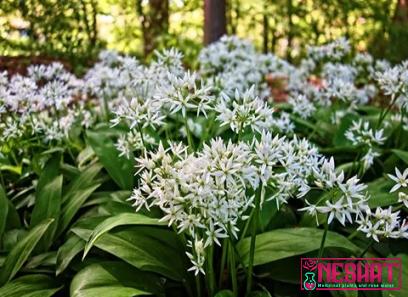
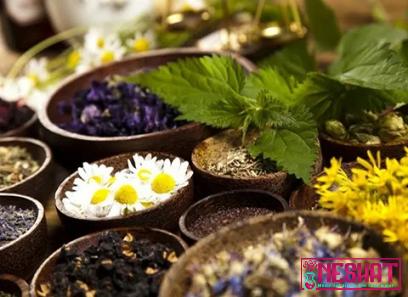
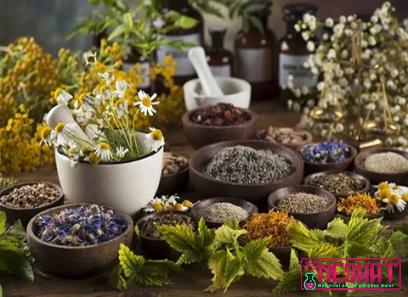
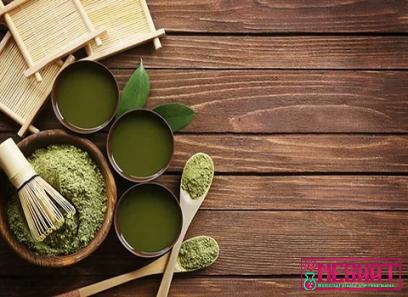
Your comment submitted.